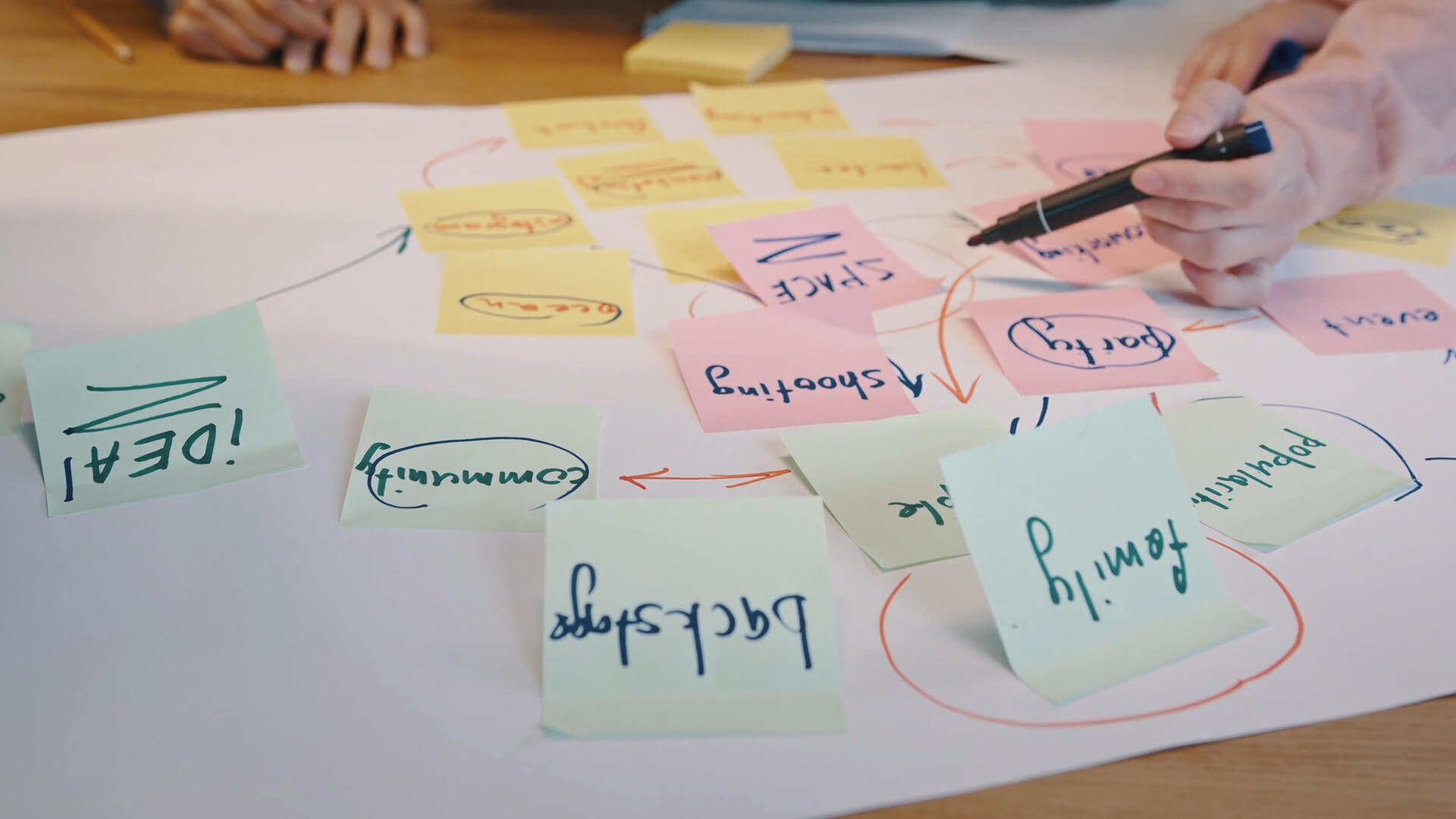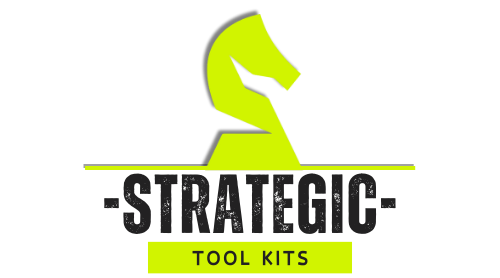Creating a robust strategy is vital for any organization’s long-term success. However, developing a strategy involves making choices, and making choices necessitates having viable alternatives.
Generating these alternatives can be challenging, often leading organizations to pay lip service to the process rather than creating genuine options. This article explores why generating alternatives is difficult, how to overcome these challenges, and provides frameworks to help in the process.
Why Generating Alternatives is Difficult
Organizations face several obstacles when trying to generate strategic alternatives:
- Groupthink: Often, teams fall into the trap of groupthink, where everyone assumes they know the best course of action. This can stifle creativity and result in a lack of genuine alternatives.
- Focus on Execution: There is a tendency to prioritize execution over exploring theoretical alternatives. This can limit the range of options considered.
- Resistance to Change: Radical alternatives often require significant changes, which can be met with resistance. People generally prefer the status quo, making it difficult to push for bold strategies.
Overcoming Groupthink and Generating Alternatives

To overcome groupthink and ensure a thorough exploration of strategic options, a structured process is essential. Here are some steps to follow:
1. Comprehensive Checklist
Using a comprehensive checklist, such as the Adjacencies framework, ensures that all possibilities are covered. This helps in generating a wide range of options and prevents the team from missing out on potential opportunities.
2. Voting
Implement a voting system to narrow down the best opportunities. Ensure that at least three alternatives on different dimensions are considered. This encourages diverse thinking and prevents the dominance of a single idea.
3. Dedicated Teams
Assign different teams to work on each alternative. This ensures that each option gets a full and fair evaluation. Teams should be tasked with exploring and pitching their alternatives to the best of their abilities, regardless of their personal preferences.
4. Constructive Debate
Set up a constructive debate where each team is responsible for challenging and highlighting the flaws in each other’s proposals. This fosters a culture of critical thinking and ensures that all alternatives are rigorously evaluated.
Questions to Answer
When generating alternatives, it’s important to ask the right questions:
- What are the different ways we could grow?
- What new disruptive business models could we adopt?
- What would our company look like if we adopted a different value discipline?
Example Framework: Adjacencies
The Adjacencies framework is a strategic growth model that maps out all the ways a business could grow into an adjacent business. This includes:
- Improving the existing core business
- Developing new products or services
- Targeting new customer segments
- Expanding into new geographies
- Utilizing new channels
- Innovating along the value chain
Adjacencies can be a single step away from the core business, or more distant. For instance, an American company considering international growth might see Canada as one step away, Europe as two steps, and Asia as three steps. Organic growth should generally be one step at a time to ensure mastery at each level before moving forward.
Preventing Groupthink
To prevent groupthink and ensure each direction gets a fair evaluation, allocate each adjacency to a different team or individual. This approach ensures that every potential direction is given due consideration and prevents any single perspective from dominating the decision-making process.
Characteristics of Good Strategic Alternatives
Effective strategic alternatives should be:
- Specific: Clear and detailed, with a well-defined scope.
- Internally Consistent: The capabilities must fit with the value proposition being delivered.
- Bold: Representing a real strategic shift, not just small incremental changes.
Additional Frameworks for Generating Alternatives
In addition to the Adjacencies framework, several other tools can aid in generating strategic alternatives:
Business Model Cards

Business model cards can help visualize different business models and their components. This tool allows teams to mix and match elements to create new business models and strategies.
What If? Cards
These cards pose hypothetical scenarios that challenge the status quo and stimulate creative thinking. By asking “What if?” questions, teams can explore a wide range of possibilities and potential strategies.
36 Stratagems
An ancient Chinese collection of strategies, the 36 Stratagems can provide unconventional and creative approaches to problem-solving and strategy development.
Value Disciplines
The Value Disciplines framework identifies three primary disciplines in which businesses can excel: operational excellence, customer intimacy, and product leadership. Exploring different value disciplines can lead to distinct strategic alternatives.
Innovation Types
Categorizing innovation into types (e.g., product, process, business model) can help teams focus on specific areas for strategic development. This approach ensures that innovation is not limited to just products or services.
International Growth Matrix
This matrix helps companies evaluate potential international markets based on various criteria, such as market size, growth potential, and competitive landscape. It aids in identifying and prioritizing international growth opportunities.
Analogies Database
Using analogies from other industries or companies can inspire new strategic alternatives. By looking at how others have tackled similar challenges, organizations can find innovative solutions that they might not have considered otherwise.
Blue Ocean Framework
The Blue Ocean Framework encourages businesses to create uncontested market space, or “blue oceans,” by differentiating themselves from the competition. This approach can lead to innovative and transformative strategies.
Implementing the Strategy Development Process
Step 1: Opportunity List
Create an “opportunity” list and continuously add to it during the strategic analysis phase. This ensures that no ideas are lost, no matter how silly they may appear at the start. Every idea has the potential to spark a breakthrough.
Step 2: Comprehensive Checklist
Use a comprehensive checklist like Adjacencies to cover all possible growth avenues. This helps ensure that the team explores a wide range of options.
Step 3: Voting and Selection
Implement a voting process to narrow down the best opportunities. Require at least three alternatives on different dimensions to ensure diverse thinking.
Step 4: Dedicated Teams
Form different teams to work on each selected alternative. Each team should explore their assigned option in depth and develop a compelling pitch.
Step 5: Constructive Debate
Set up a constructive debate where teams challenge and highlight the flaws in each other’s proposals. This ensures that all alternatives are rigorously evaluated and the best option is chosen.
Conclusion
Generating alternative strategies is a crucial part of the strategy development process. By overcoming obstacles like groupthink and resistance to change, organizations can create genuine choices that lead to innovative and effective strategies.
Using structured processes and frameworks, such as Adjacencies, Business Model Cards, and the Blue Ocean Framework, can help ensure a thorough exploration of potential growth avenues. Ultimately, a well-rounded strategy with multiple alternatives positions an organization for long-term success and adaptability in a dynamic business environment.

